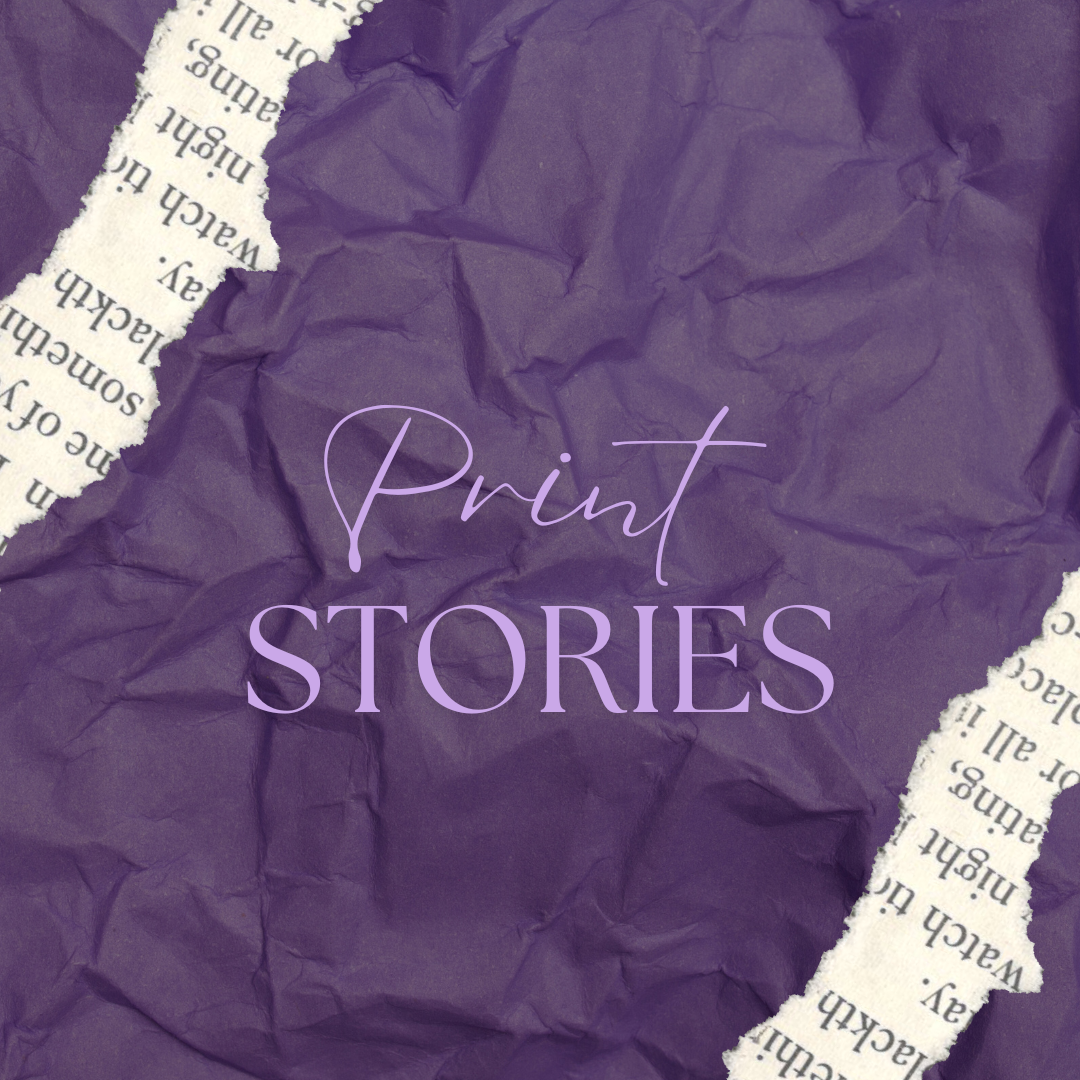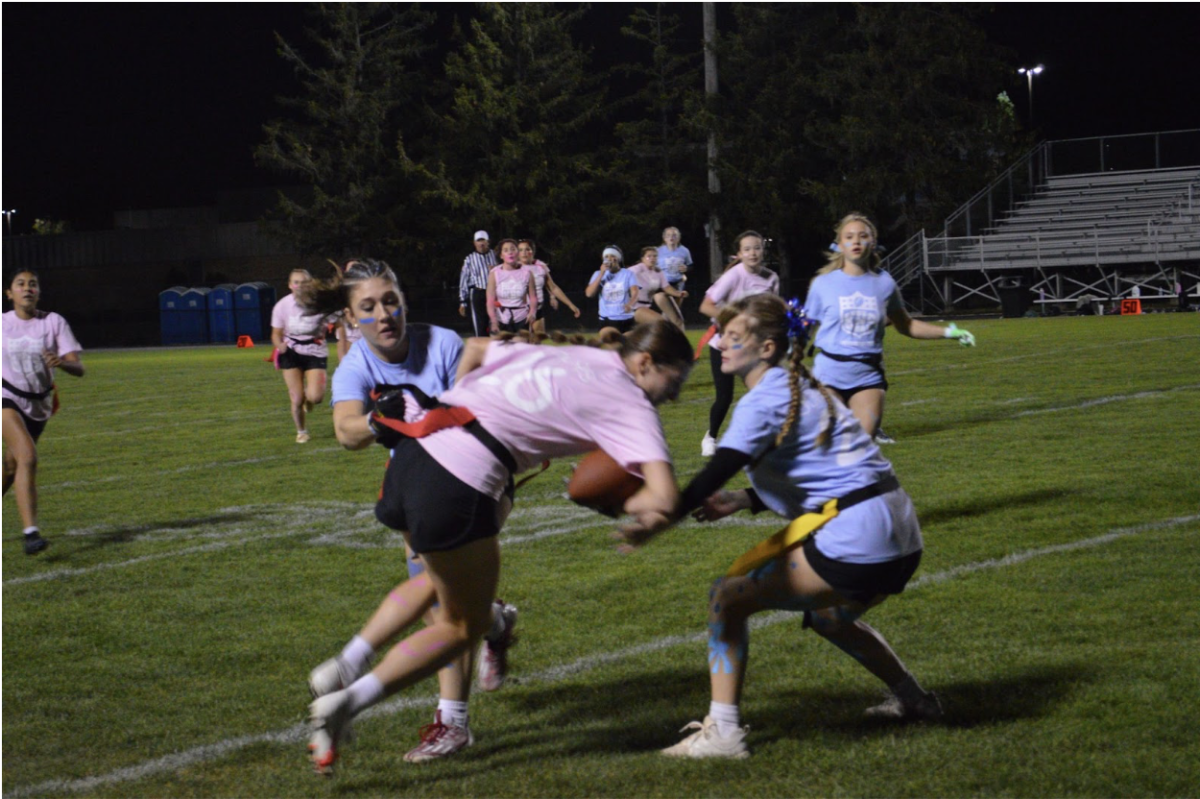The Big Lebowski, a Coen brothers film, received low ratings and reviews after its original release in 1998. Since then, the film has become a highly regarded cult classic. As with any movie, some people are critical of the film and don’t understand the craze behind it. However, The Big Lebowski is a humorous film packed with crime and action. Behind that, the film is full of deeper meanings and allegories that make the movie age like fine wine.
The Coens created a complex plot that was difficult to follow, but by the end of the movie every storyline tied together.
There are two main groups of antagonists who are trying to interfere with the main character Jeffrey Lebowski’s life. One group of antagonists are the nihilists, people who reject all religion and moral principles, hired by a millionaire, also named Jeff Lebowski. The wealthy Lebowski then threatens the main character with violence to throw him off the scent of a serious crime that he committed.The other group of antagonists include the leader of an adult entertainment industry and his goons, who are trying to retrieve money owed to them by who they think is the main character. But, in reality, the main character has nothing to do with either group; he just gets caught up in all the mess.
Another antagonist who appears less in the film but is still crucial to the plot is the daughter of the corrupt millionaire, Maude Lebowski. The different storylines and characters hold valuable information that leads to a better understanding of the film. Once you can piece together the multiple storylines and the relationships between characters, watching the film becomes more enjoyable.
People who are only vaguely familiar with The Big Lebowski may mix it up with the 1996 film Kingpin. Kingpin, like The Big Lebowski, is action and crime packed. It also has the main characters being followed around by groups of antagonists trying to disrupt their primary goal. But, besides that and the fact both films involve a lot of bowling, that is where the similarities end.
Kingpin is very surface level and is more focused on entertaining the audience with crime, drama, and humor. The Big Lebowski, however, makes the audience really think about everything that is happening, which may bore viewers who want something that’s more mindless. You have to be willing to watch The Big Lebowski multiple times to fully understand it, which many people aren’t willing to do. But if you are willing to rewatch the movie, you’re likely to find more than you saw the first time..
Throughout The Big Lebowski, many deeper meanings begin to arise. Some of those meanings may take multiple watches to come to light. However, these allegories and metaphors make for a movie that gets better with every watch. Many of these uses of figurative language are related to current or relevant issues during the time when the movie was released. There is, for example, the allegory that Walter Sobchak, Jeffrey Lebowski’s best friend, is supposed to represent. Many times throughout the movie, Walter would compare the situation to the Vietnam War, which he fought in. However, usually, the predicament had nothing to do with Vietnam in any way, and Lebowski would often call him out on it. Walter would also frequently bring up how his friends died in the Vietnam War for nothing. The Coen brothers wrote Walter as a very violent character who resorts to shouting and threats of physical altercations, and he even carries a firearm in his bowling bag that he threatens a fellow bowler with. The Coens wrote Walter’s character to represent the abused and dishonored Vietnam veterans and how they were seen when they came back from the war. When the war in Vietnam ended around 20 years prior to this film, veterans were often perceived as violent criminals for fighting a war that should have never been fought. They were just seeking a reason to fight. And no doubt, that is what Walter looks like in this movie. He can’t control his anger, has lots of screaming fits and even bites the ear off of a nihilist who tries to attack him. But on the inside, that’s not who Walter is. At the end of the movie, when Walter and Lebowski’s friend dies, Walter is shown to have a moment of weakness. He embraces Lebowski for a passionate hug, a moment no one would have expected from Walter at the beginning of the film. This moment shows that Walter, despite being a Vietnam veteran, is not a terrible person at all. He has feelings just like anyone else , and his character was obviously used by the Coen brothers to make a statement about the Vietnam War.
The more you look for symbols and metaphors in the movie, the more you will find. At the very beginning of the film, there is a shot of Los Angeles, where the story takes place, and a tumbleweed blows across the screen. This tumbleweed symbolizes the drifting nature of the main character, Jeff Lebowski, and how he goes with the flow of things. This is one of the smaller symbols of the movie, but as the film progresses, those things that may have seemed random to begin with turn out to have a deeper meaning.
A box office flop that has become prominent in today’s world, The Big Lebowski deals with much deeper cultural meanings than just three dudes who like to bowl and are trying to get a rug back that tied the room together. Each and every watch becomes more enjoyable as more and more plot points and allegories are revealed to the viewer. So next time you have a spare 118 minutes of nothing, pull yourself up a comfy rug and enjoy a Coen brothers classic.










